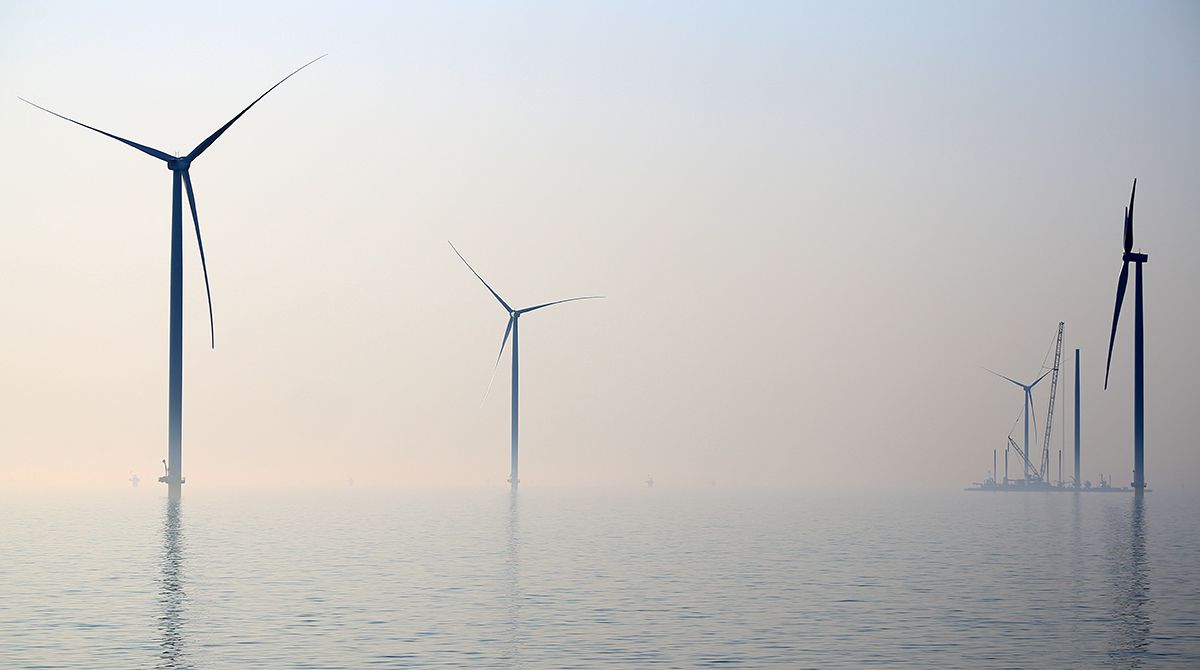Climate change and energy security concerns are leading governments to launch programs that accelerate and incentivize the transition to renewable energy. Offshore wind will be key to that transition. In the United States, the Biden administration aims to establish 30 gigawatts of offshore wind capacity by 2030. Rystad Energy predicts global capital expenditure on offshore wind will more than double from $46 billion in 2021 to $102 billion in 2030.
Investors and vendors in the U.S. offshore wind sector need to be aware of a crucial aspect of the government's drive to stimulate green energy—local content. U.S. federal and state agencies are increasingly embedding local content requirements and incentives within their criteria for developing large renewable projects, as evident in the Inflation Reduction Act, federal wind lease sales, state-level power purchase agreements, and federal and state grants and tax incentives to stimulate the U.S. domestic workforce and supply chain development.
Behind these local content requirements lies the new enthusiasm of governments for policies that encourage domestic industrial transformation and local “green jobs” as outcomes of capital investments in renewable energy projects.
DAI has published a comprehensive review of the local content requirements for U.S. offshore wind projects. For investors, understanding the emerging local content landscape in the sector, and being able to tell a compelling story about how their projects meet them, will be critical to winning offshore rights, licenses, and projects.

Addressing Supply Chain Gaps
Many firms looking to embark on new offshore wind projects in U.S. waters run the risk of being ill-prepared in understanding local supply chain gaps—from the production of turbine materials to shortages of specialized labor—and developing a plan to bridge them.
The American Clean Power Association (ACP) has already warned that the country’s decarbonization policy requires “significant additional growth over the Bureau of Labor Statistics’ 10-year occupational projections.” The ACP cautioned that labor constraints could constrain decarbonization efforts and that expanding skills development would be key to meeting offshore wind demand.
In the United States, developers and operators will need to understand the scope and scale of capacity gaps in local and regional markets and highlight key shortcomings that may in the short-, medium- or long-term constrain local suppliers’ ability to enter a company's supply chain. To gather this data in a credible way, local firms, training institutions, and experts need to be consulted and visited to capture their potential links to the offshore wind supply chain. Equipped with this data, companies and their partner stakeholders can support initiatives that target these gaps to grow a sustainable supply chain.
Onshoring and Reducing Emissions
In an era of onshoring and growing support for a just energy transition, local content requirements hold a natural appeal for policy makers. The two most recent federal leasing rounds for offshore wind acreage provided incentives for operators to invest in local manufacturing related to wind farms and in workforce development programs. Undertaking robust market assessments as early as possible will make these localization efforts more effective at building necessary suppliers and benefitting the communities and stakeholders involved.
In the United States, the Inflation Reduction Act of 2022 will propel domestic energy production and manufacturing, aiming for a 40 percent cut in U.S. emissions by 2030 by investing $396 billion in energy security and climate change programs. Designed to ramp up offshore wind leasing across the United States, the bill provides tax incentives to develop domestic clean energy supply chains, including the manufacturing of key offshore wind components.
To meet local content requirements, develop local supply chains, and stimulate local green energy, developers and operators entering the offshore wind sector will need to rapidly take stock of local capacity in geographies primed for wind expansion. This assessment is a demanding but critical process; if not executed rigorously, it will undermine local development opportunities and impede the achievement of renewable energy goals.
However, if developers and operators can identify where supply gaps exist, how they can be filled, and what this means for local procurement potential, they will be well positioned to play a leading role in meeting the Biden administration’s 30 gigawatts target—and supporting a just energy transition.






